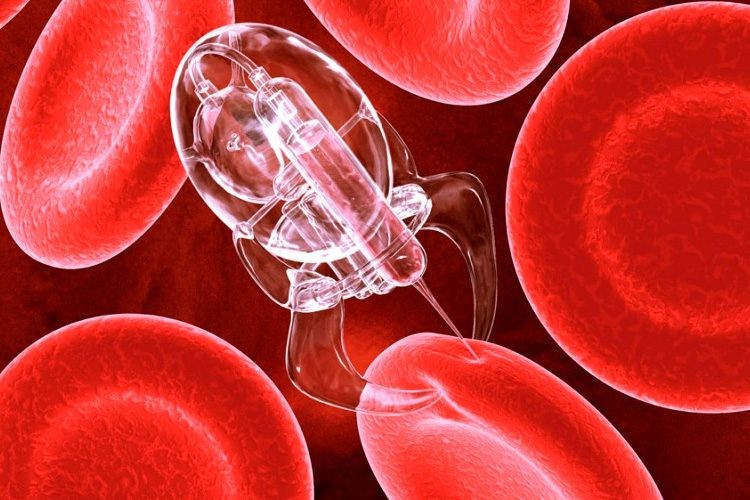
Nanobots in Medicine: Say Goodbye to Side Effects?
It's coming, robots as allies for our immune system.
Think of it this way - we're essentially swallowing a tiny robot to identify and directly target areas of need in our body. Although our immune systems do this naturally, scientists have found a way to mimic this action when administering antibiotics or other medicines directly to the area of need.
Nanobots have successfully treated stomach infections in rats. Measuring half the width of a human hair, they were able to overcome the shortcomings of current treatments for ulcers and other gastric diseases by neutralizing stomach acid without the need for additional medication. By omitting this additional drug, the usual side effects of the treatment process can be cut significantly, potentially saving the patient much discomfort.
This innovation allows for treatment to go directly to the infected area and administer the antibiotics using a type of adhesive that helped to keep the medicine focused on the affected area. Think about that for a moment. Antibiotics can sometimes have a devastating effect on beneficial bacteria when administered in the traditional methods. This type of targeted delivery can potentially slash the side effects experienced by a myriad of medicines.
Imagine what this could mean for psychoactive medications and the treatment of mental disorders? In 2016, researchers tested a method of delivering medications by nanobot that was activated just by thought. One day, someone suffering from anxiety may have to think of something to enable a dormant bot to deliver an immediate dose of medication.
While the nanobot from our first story was built with a magnesium core and stuck themselves to the area, these bots were created by folding DNA and using an electromagnetic 'gate' that opens and closes.
Different types of bots can have a different effect, a quick summary:
- Microbivore Bots act like your white blood cells and work great at fighting bacteria
- Respirocyte Bots act like our red blood cells and can be used to deliver oxygen
- Clottocyte Bots act like platelets in the blood, carrying material around and looking for wounds to repair
- Cellular Repair Bots can be used to make surgical procedures more precise
While this type of technology is going to change medicine radically, we begin to think about both the challenges and responsibilities of this type of innovation. For instance, what happens to the nanobots when they have completed their mission and are no longer useful? In the case of someone requiring multiple types of medicine, will they need a multitude of bots running around in their bodies? What are the risks and side effects? Are these discoveries making a step towards a world of cyborgs? Would you opt-in for the nanobots?
The innovation curve of possibilities is accelerating, the context of what we know is being challenged as we explore boundaries once thought only to be in works of fiction.